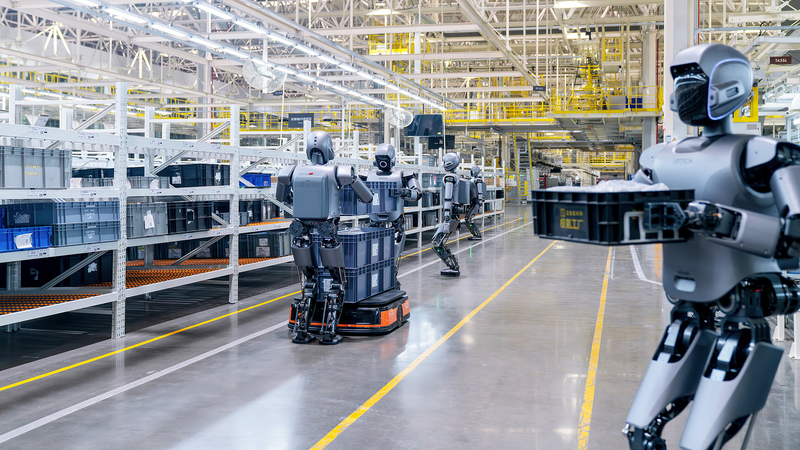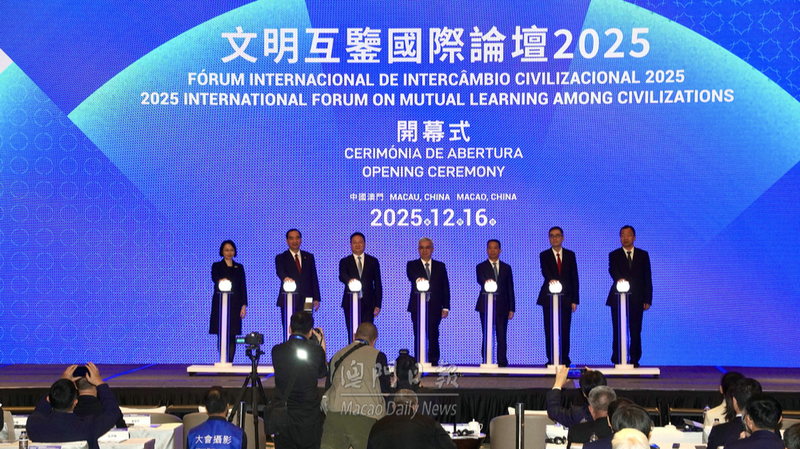Driving Green and Smart Transport
In Shenzhen, every bus and taxi glides silently on electric power, a testament to the city’s leadership in green transport. By 2023, Guangzhou had transitioned its entire bus fleet to pure electric models, reflecting China’s broader push into green and smart manufacturing.
Soaring Output and Global Reach
At a State Council press briefing, officials reported that April’s advanced manufacturing output soared: new energy vehicle production jumped 38.9% year-on-year, while lithium-ion battery output climbed 61.8%. Smart product sectors—unmanned aerial vehicles and intelligent automotive equipment—expanded 74.2% and 29.3%, outperforming traditional industries.
International demand is rising too. In Latin America, Chinese electric vehicles now dominate. A 2024 report showed that Costa Rica’s top 10 best-selling EV models were all Chinese brands, with the country leading the region in adoption at 34.3 vehicles per 10,000 residents.
Small Giants Power Innovation
Over 140,000 specialized small and medium-sized enterprises, including 14,600 “little giant” firms, are driving breakthroughs from robotics to industrial automation.
Robots on the Factory Floor
At Midea’s Jingzhou factory in Hubei Province, humanoid robots conduct equipment inspections and maintenance. JAKA Robotics showcased its collaborative robots at the 2025 Hannover Messe, achieving millimeter-level precision in delicate tasks. Geek+, a Beijing-based logistics robotics firm, has deployed intelligent warehousing systems for clients like Siemens, underscoring China’s growing influence in smart manufacturing.
In Q1 2025, 3D printer and industrial robot outputs rose 44.9% and 26%, with industrial robot production accelerating to 51.5% in April.
AI and Policy Fuel the Next Wave
Government initiatives—from large-scale equipment upgrades to consumer trade-in programs—are accelerating industrial modernization. Central to this shift is the “AI+” initiative, which integrates artificial intelligence across industrial chains.
Sector-specific programs in steel, automotive and electronics have fast-tracked intelligent upgrades through standardized solutions and new technology adoption in 2025.
“China is the world’s largest manufacturing powerhouse, and this gives us a natural advantage in data scenarios and scale for developing AI,” says Wang Baoyou, chief engineer at the China Academy of Industrial Internet Research.
In Jiangsu’s shipyards, AI-powered welding robots now handle irregular components with 0.5mm precision, swapping hours of reprogramming for instant task adaptation. “Traditional robots require hours of reprogramming,” explains engineer Wang Chenguang. “AI-driven systems make China’s 2 million industrial robots viable for customized manufacturing.”
“Targeted policies have provided a robust foundation for sustainable growth and technological upgrading,” adds Wan Zhe, professor at Beijing Normal University.
As China further melds AI and robotics into its industrial base, its vision for a globally competitive, innovation-driven manufacturing ecosystem is coming into focus.
Reference(s):
From NEVs to robotics, China is moving up the manufacturing chain
cgtn.com




